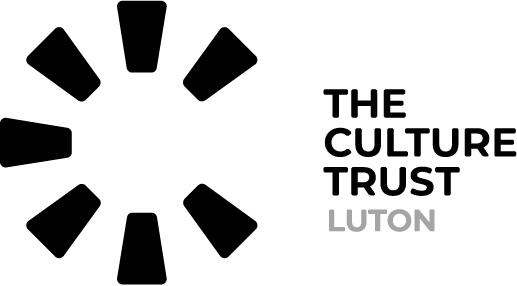Model 3
Fulani Hat
Where worn:
West Africa, particularly among the Fulani people across Nigeria, Senegal, Mali, and Guinea.
What it is:
A traditional woven hat made from natural materials like straw and leather, often adorned with colorful patterns and intricate detailing. Characterized by its conical shape with a pointed top and a leather band that helps secure it on the head, it is crafted using traditional weaving techniques passed down through generations.
What it symbolizes:
A symbol of identity, heritage, and social status among the Fulani people. The design and decorations can indicate the wearer’s age, gender, or position within the community. The Fulani hat also serves as practical protection from the sun, reflecting the nomadic lifestyle of the Fulani and their close connection to the land.
When worn:
Worn for daily activities, particularly by cattle herders, as well as during cultural gatherings, ceremonies, and community events. It serves both practical and symbolic purposes, providing sun protection during everyday use and expressing cultural pride during significant occasions.
Local Business Support: This product supports Luton local business, item sourced at Jtaphrique.
Ethiopian Dashiki
Where worn:
Ethiopia and among the Ethiopian diaspora, as well as in other African countries where Dashiki has become popular cultural attire.
What it is:
The Ethiopian Dashiki is a loose-fitting, brightly colored garment traditionally worn by both men and women. Though rooted in West African culture, Ethiopia has embraced its own version, blending it with traditional Ethiopian textile styles and cultural symbols. Made from cotton or lightweight fabrics, it often features intricate embroidery around the neckline, chest, and sleeves.
Traditional Craft:
Incorporates the rich textile traditions of Ethiopia, including handwoven fabrics and embroidery techniques passed down through generations. The garment often features intricate Tibeb (hand-woven embroidery) designs, using natural fibers and bright-colored threads that symbolize different aspects of Ethiopian culture and heritage.
What it symbolizes:
The Dashiki symbolizes pride in African heritage, unity, and cultural expression. In Ethiopia, it reflects local cultural identity and traditions. The vibrant colors and bold designs represent Ethiopian values and the connection to the broader African diaspora, conveying strength, community, and pride in one's roots.
When worn:
Typically worn during special occasions such as weddings, religious ceremonies, and cultural festivals. Also worn casually as a representation of cultural pride. During significant events like Timkat (Ethiopian Epiphany) or Meskel, the Dashiki
may be paired with other traditional Ethiopian garments, bridging modern fashion with traditional African dress.
Macawis
Where worn:
Somalia, Ethiopia (Somali Region), Djibouti, and among the Somali diaspora.
What it is:
The Macawis is a traditional sarong-like wrap worn by men, made from lightweight fabrics such as cotton or polyester. Worn around the waist and extending to the ankles, it is known for its comfort and versatility, especially in hot climates. Macawis comes in various colors and patterns, often featuring stripes or checks.
Traditional Craft:
Traditionally crafted by local artisans who wove cotton fabric on handlooms, though modern versions may use synthetic materials. The patterns often feature stripes or checks, which are simple but distinctive. The craft reflects the simplicity and utility of the garment, with regional preferences influencing color and fabric choices.
What it symbolizes:
Primarily a functional garment, the Macawis symbolizes modesty and practicality in Somali culture. It represents everyday life and is often worn for casual or semi-formal occasions. The color and pattern of the Macawis may reflect a man’s regional background or personal style, making it an enduring part of Somali male attire that connects men to their cultural roots.
When worn:
Worn daily by men, particularly in informal settings, and during prayers, household activities, and community gatherings. It may be paired with a tunic for formal occasions. Its enduring appeal lies in its comfort and cultural significance, making it a staple in Somali men’s wardrobes across generations.


